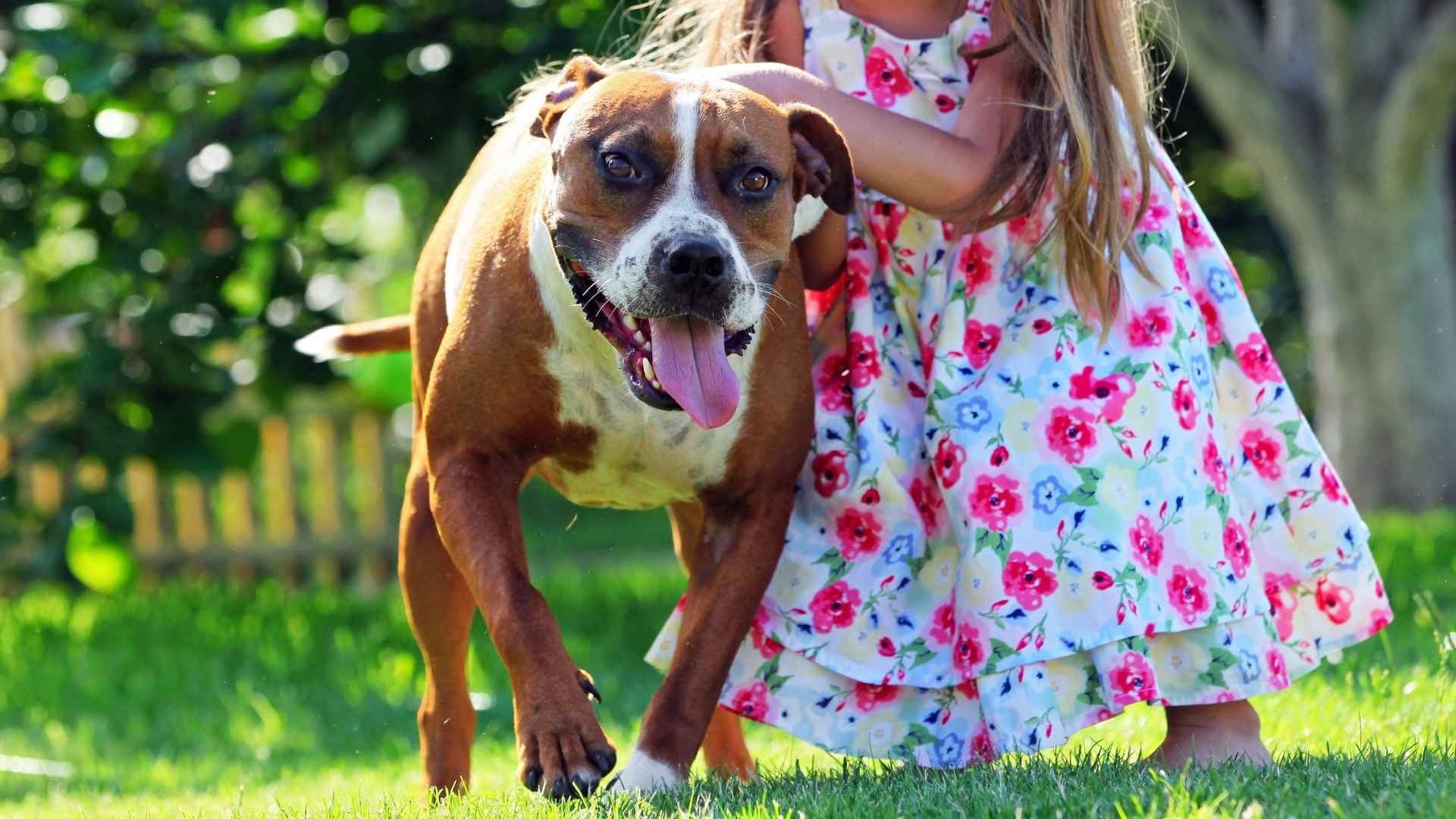You can’t have eyes everywhere. The phone rings, dinner boils over, and in a blink, your toddler is halfway up the stairs. Every parent knows that moment of panic.
But what if someone else in the house noticed too? Someone who doesn’t speak, but understands. Some dog breeds are wired to spot danger and take immediate, physical action.
They nudge, block, or herd children away from unsafe spaces—not with panic, but with purpose. It’s not something they were taught. It’s something they just do.
In this article, we’re looking at dogs that instinctively protect children by moving them out of harm’s way. Quiet, capable companions who stay a step ahead when it matters most.
Dog Breeds That Push Kids Away From Unsafe Areas
1. Bullmastiff
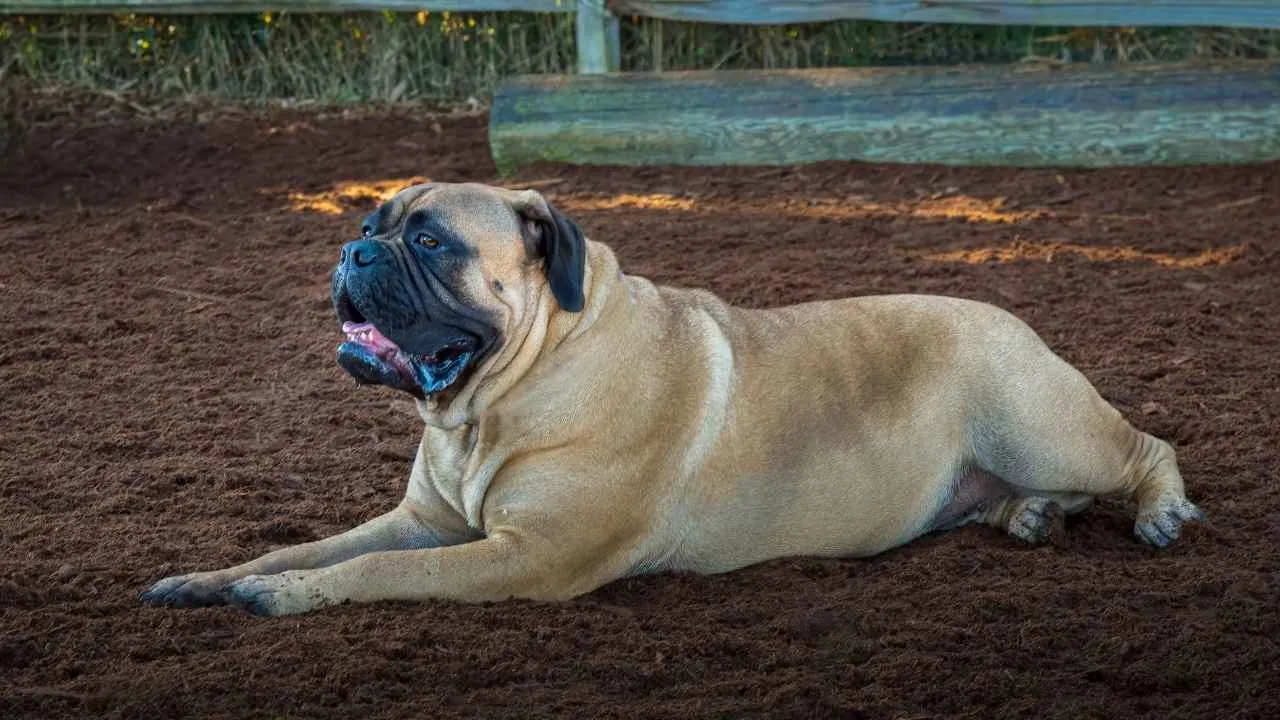
Bullmastiffs are known for using their bodies as silent barriers when sensing risk. If a child nears a driveway or pool, they often position themselves in front without command. This instinctive action isn’t trained—it’s hardwired into their guarding DNA.
Watchful Without the Noise
They’re not known for barking unnecessarily, which helps them stay calm and alert in high-distraction environments, as stated in PDSA. Instead of reacting loudly, they often shadow kids quietly, stepping in when movement looks unsafe. Their awareness tends to be more strategic than showy.
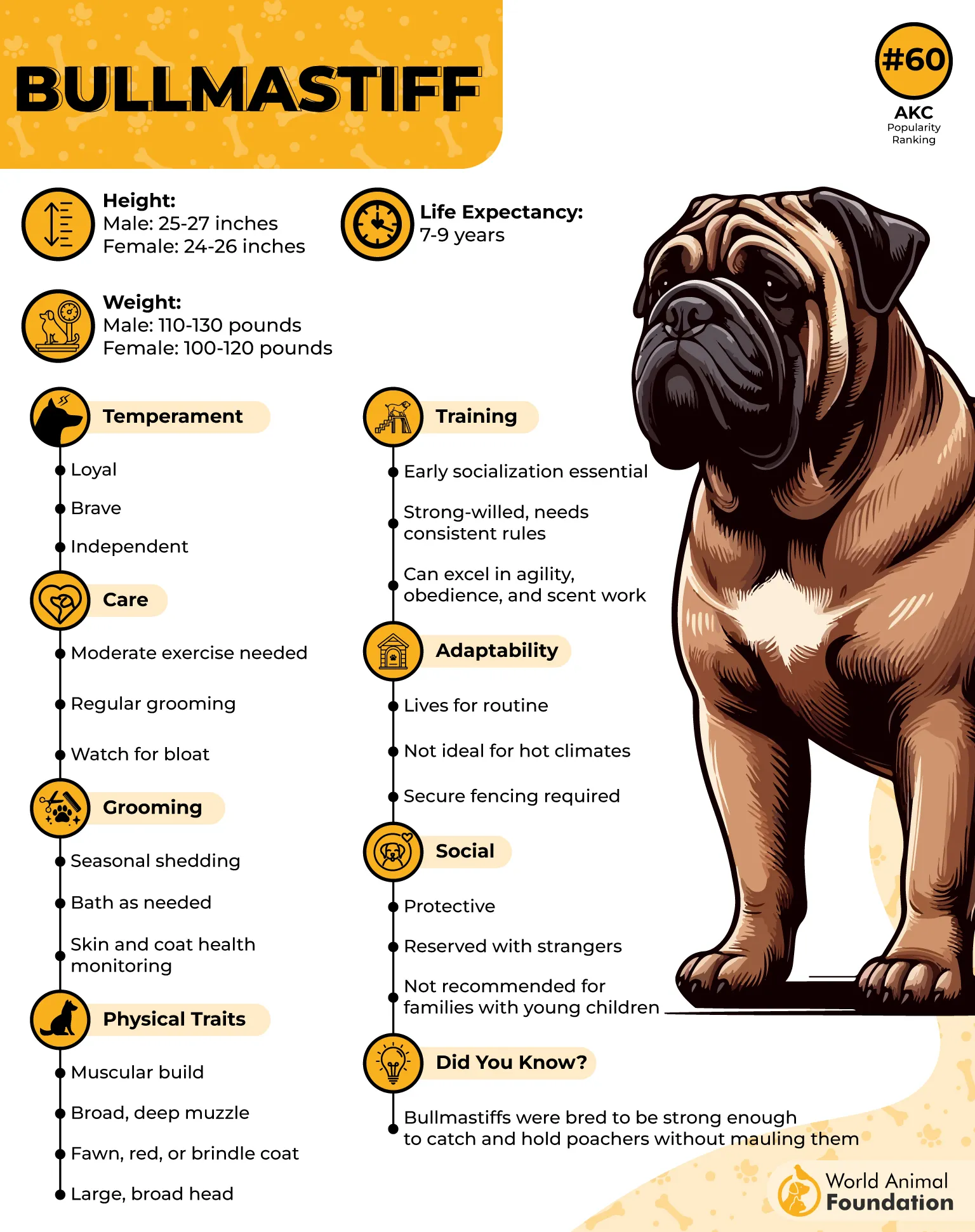
Protective, Especially Around Kids
These dogs are deeply intuitive when it comes to family dynamics. A Bullmastiff may gently herd a toddler away from a gate or block a stairway during play. This dependable behavior has made them a trusted family dog in homes needing silent supervision.
Knows What Doesn’t Belong
They are quick to notice unfamiliar movement, including stray dogs approaching the property or loud equipment being used nearby. When tension rises, they often position themselves between the threat and the dog’s owner or children, without escalating to aggression.
2. Great Dane
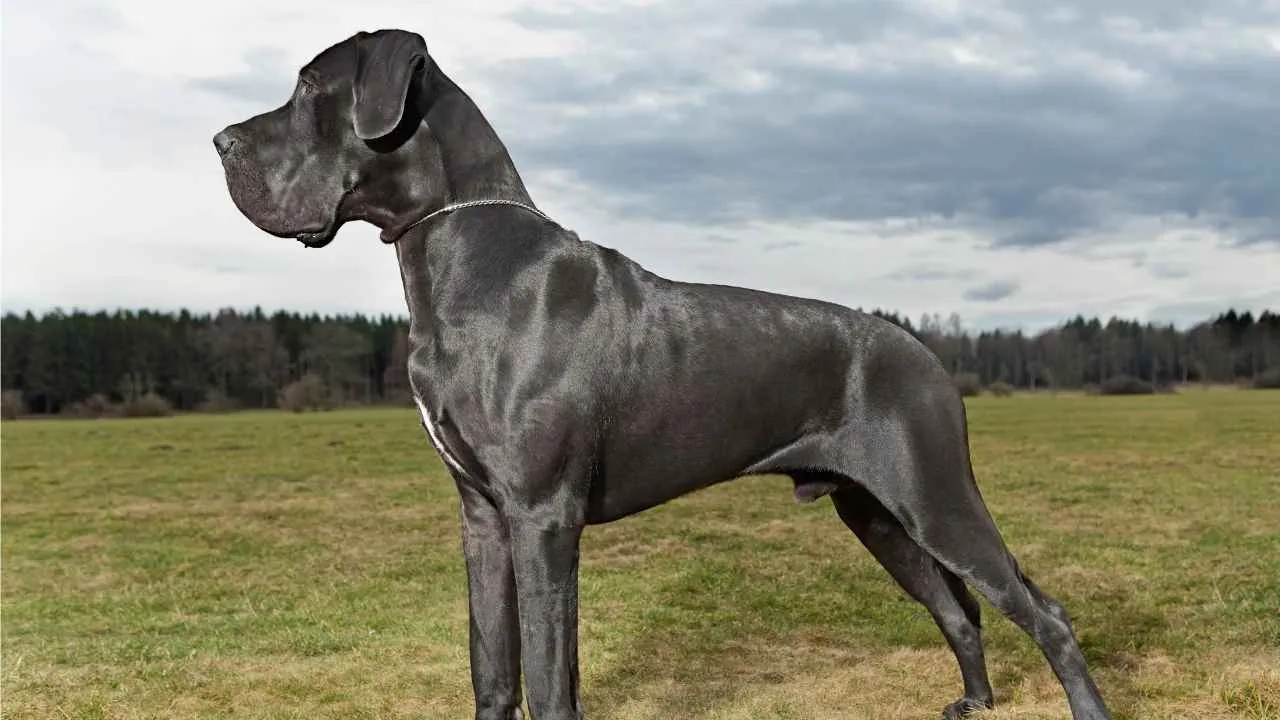
Great Danes have a calm, imposing presence that naturally slows down high-energy environments, as per Citizen Shipper. They often place themselves near children who are heading toward unsafe areas, especially open gates or driveways. Their size alone becomes a guiding force without needing commands.
Reads Movement with Ease
This breed is skilled at interpreting body language, which helps them notice hesitation, nervousness, or erratic actions in children. Their ability to mirror calm energy often shifts a child’s behavior or distracts them from continuing toward a risky space.

Subtle in Protective Roles
In larger homes or outdoor spaces, Great Danes tend to position themselves in entryways or near steps. Their steady movement creates a physical block in the environment, like a living baby gate that redirects motion in a quiet but effective way.
Calm Dogs with Strong Control
They have a low tendency for reactive behavior and are among the breeds with fewer reported dog bites when raised in stable environments. Their natural patience makes them better suited for gentle intervention instead of alarmed responses.
3. German Shepherd
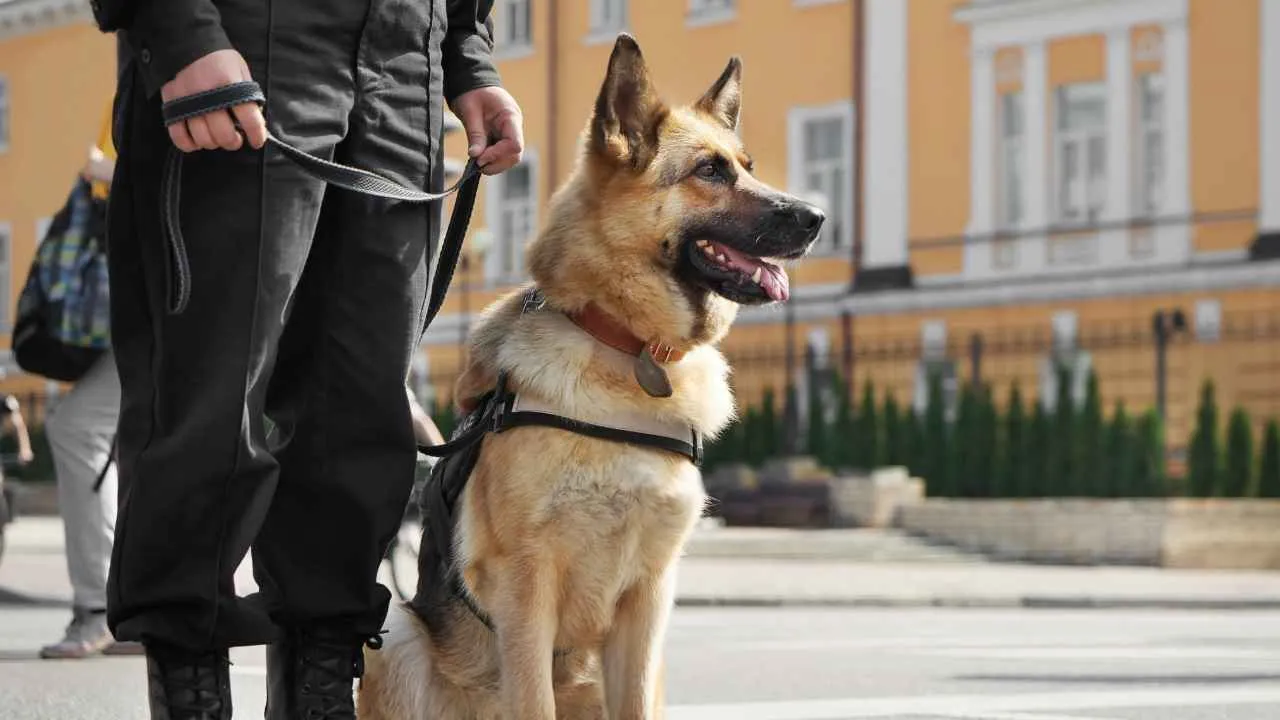
German Shepherds are naturally alert and respond quickly when children start moving toward off-limits areas. Their instinct to control space helps them redirect movement through body positioning. This behavior often appears without needing direction or reinforcement.
Balance of Drive and Discipline
When properly trained, German Shepherds maintain a strong sense of control even in unpredictable surroundings. They tend to walk slightly ahead of children and pause near gates or steps, often blocking the way until the child changes direction.

Response Without Panic
Their protective instinct is strong, but they are not impulsive when raised in safe environments. Unlike a dangerous dog driven by fear or stress, the German Shepherd’s behavior is measured, and they stay grounded even when other dogs are nearby.
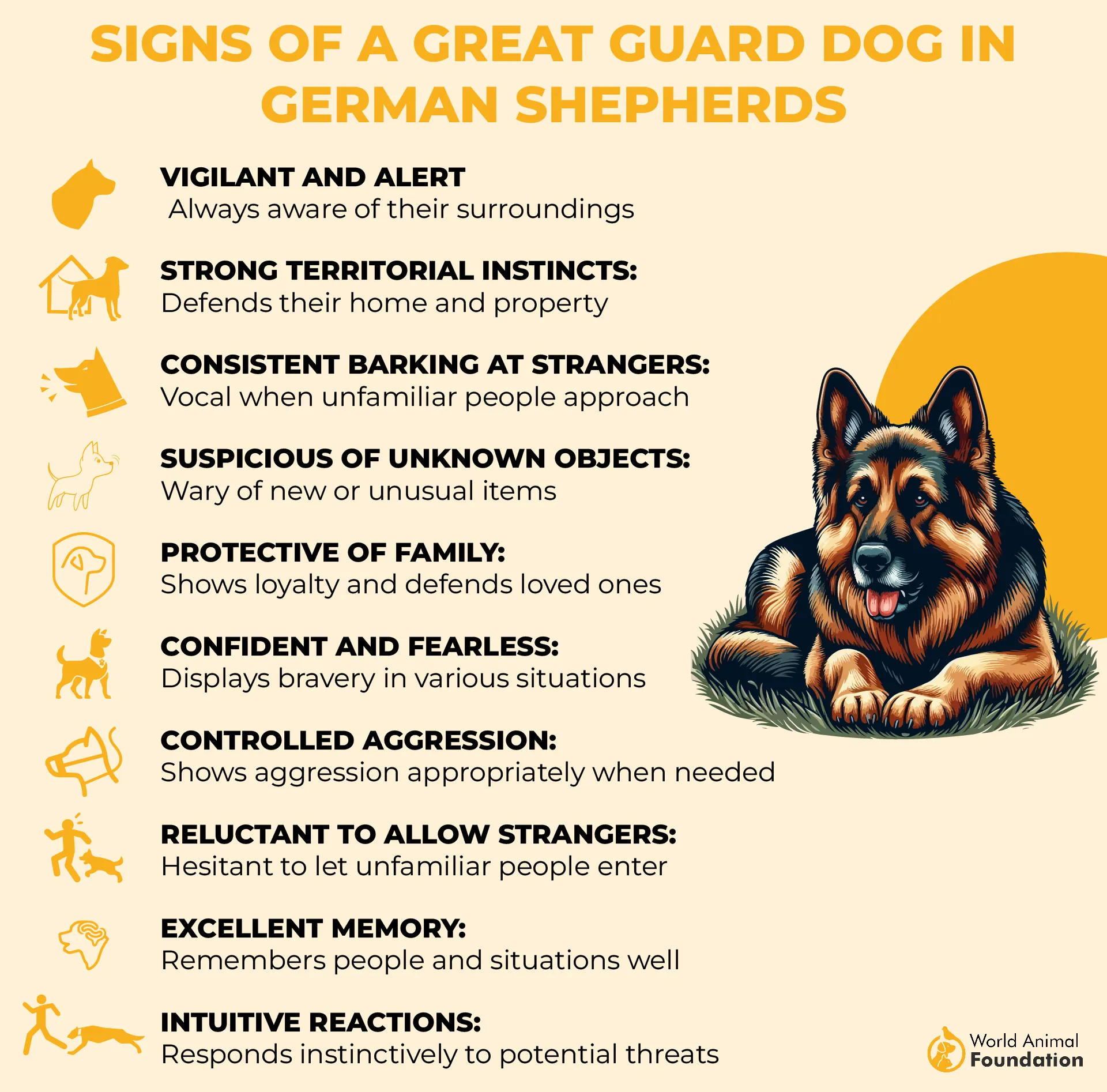
Recognizes Escalating Situations
They are frequently used in safety roles because of their ability to detect risk through changes in sound and behavior. In many dog attacks where children were harmed, the absence of a trained guardian breed made the difference in the outcome.
4. Rottweiler
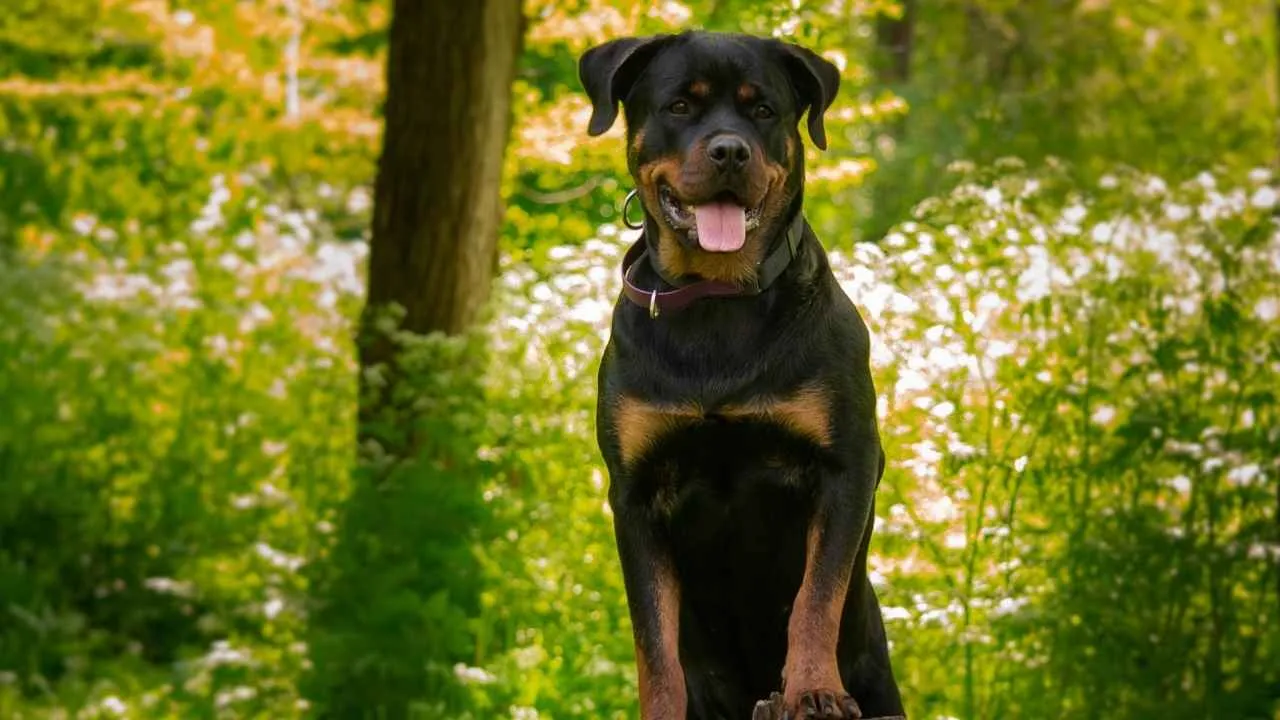
Rottweilers are bred for guarding and are quick to notice changes in their environment. They often step between children and perceived risks, whether it’s an open gate, loud machinery, or rough play. This instinctive movement comes from their long-standing role as working guardians.
Reads Space and Sound
They are sensitive to movement patterns and shifts in tone, especially when things get loud or frantic. Their ability to respond calmly allows them to redirect attention or block a path before the child reaches a hazard. These moments happen quietly, without needing instruction.
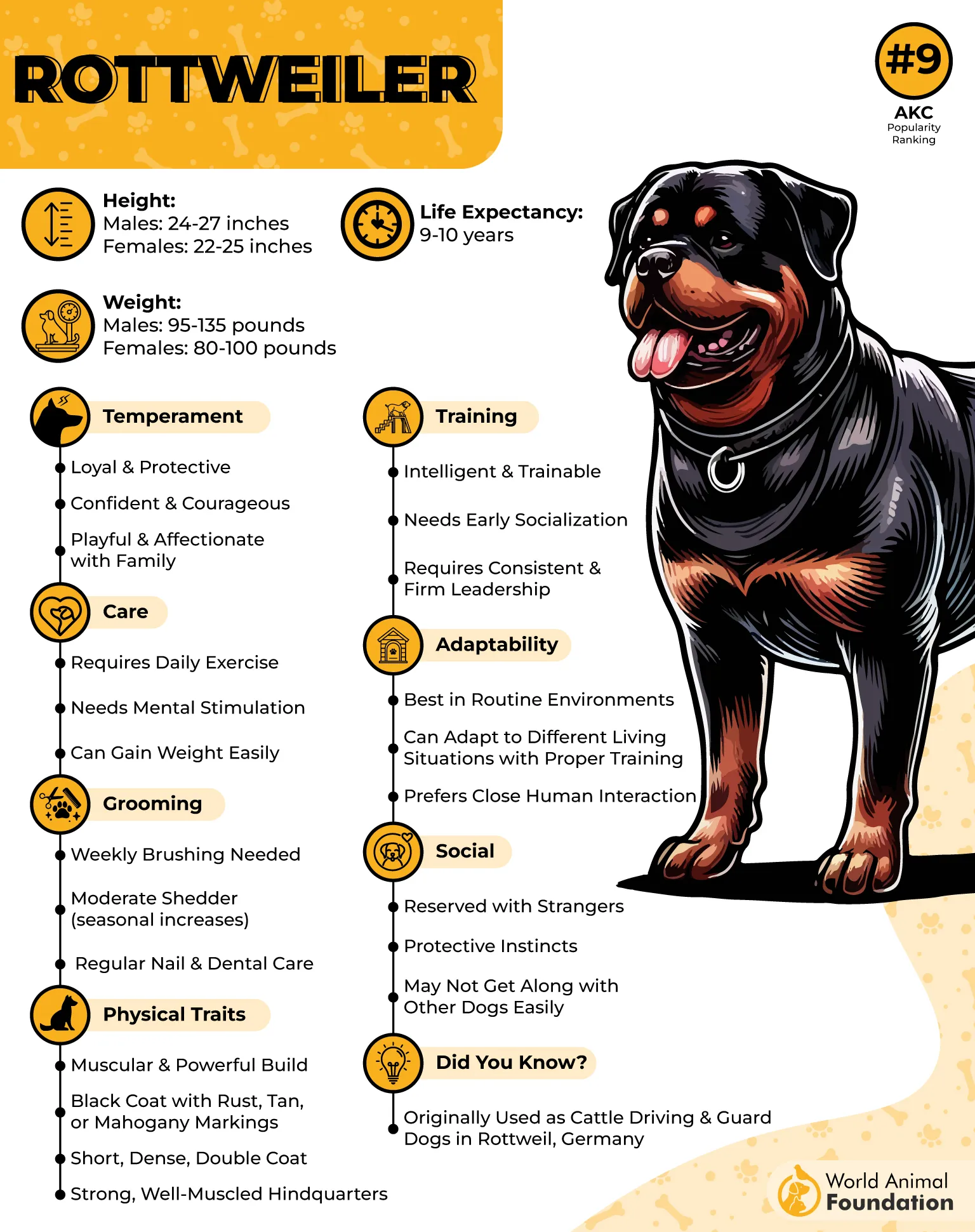
Physically Built for Barrier-Like Behavior
Their broad stance and grounded frame let them position themselves in doorways or near boundaries. This trait helps create a visual and physical signal that keeps kids safe in open spaces like yards or driveways, especially during outdoor activities.
Misperceptions vs. Real Traits
While often labeled as bad dogs, the reality is that aggression in Rottweilers usually results from bad owners or improper training. When raised with clear boundaries, they are steady protectors who naturally keep kids safe without becoming reactive.
5. Doberman Pinscher
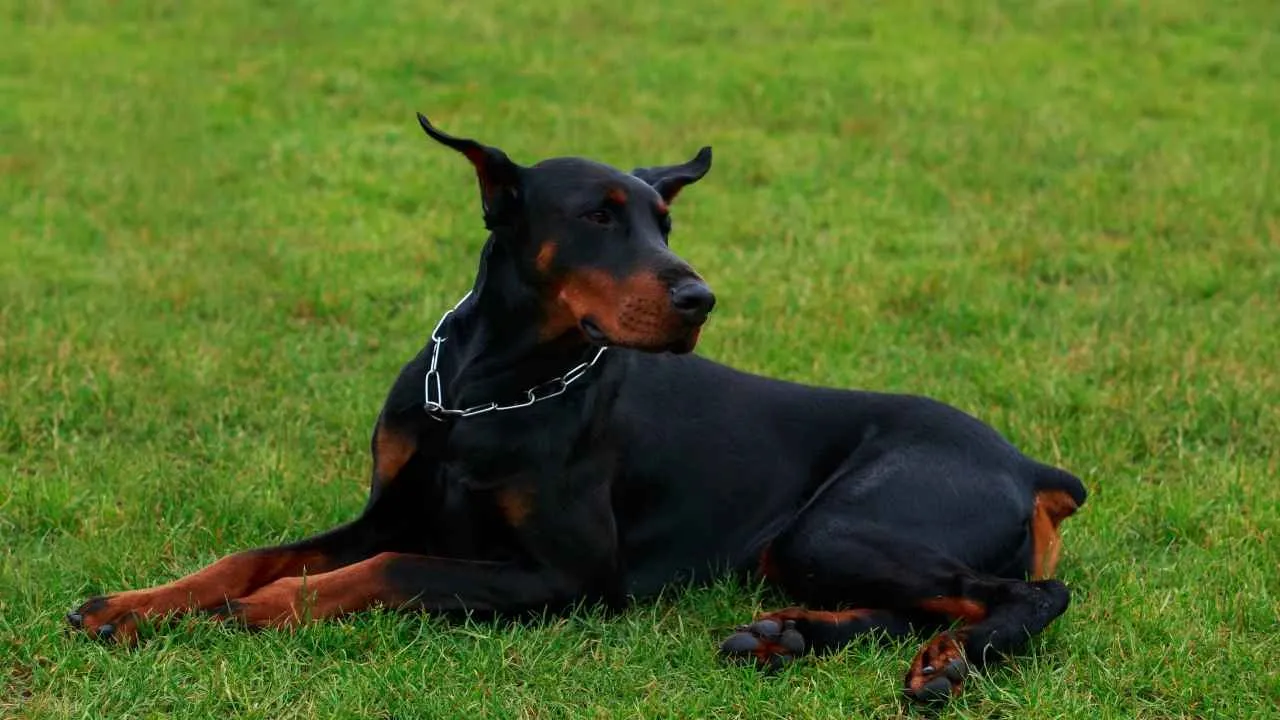
Dobermans have exceptional spatial awareness and are quick to respond to sudden motion. They tend to redirect children away from open doors, staircases, or driveways by stepping between them and the path. This reaction stems from their protective instincts and focus-driven nature.
Behavior Shaped from a Young Age
Training during the early stages plays a key role in how Dobermans interact with kids. When raised from a young age in environments with children, they learn to anticipate unsteady actions and respond with calm, watchful presence rather than intensity.
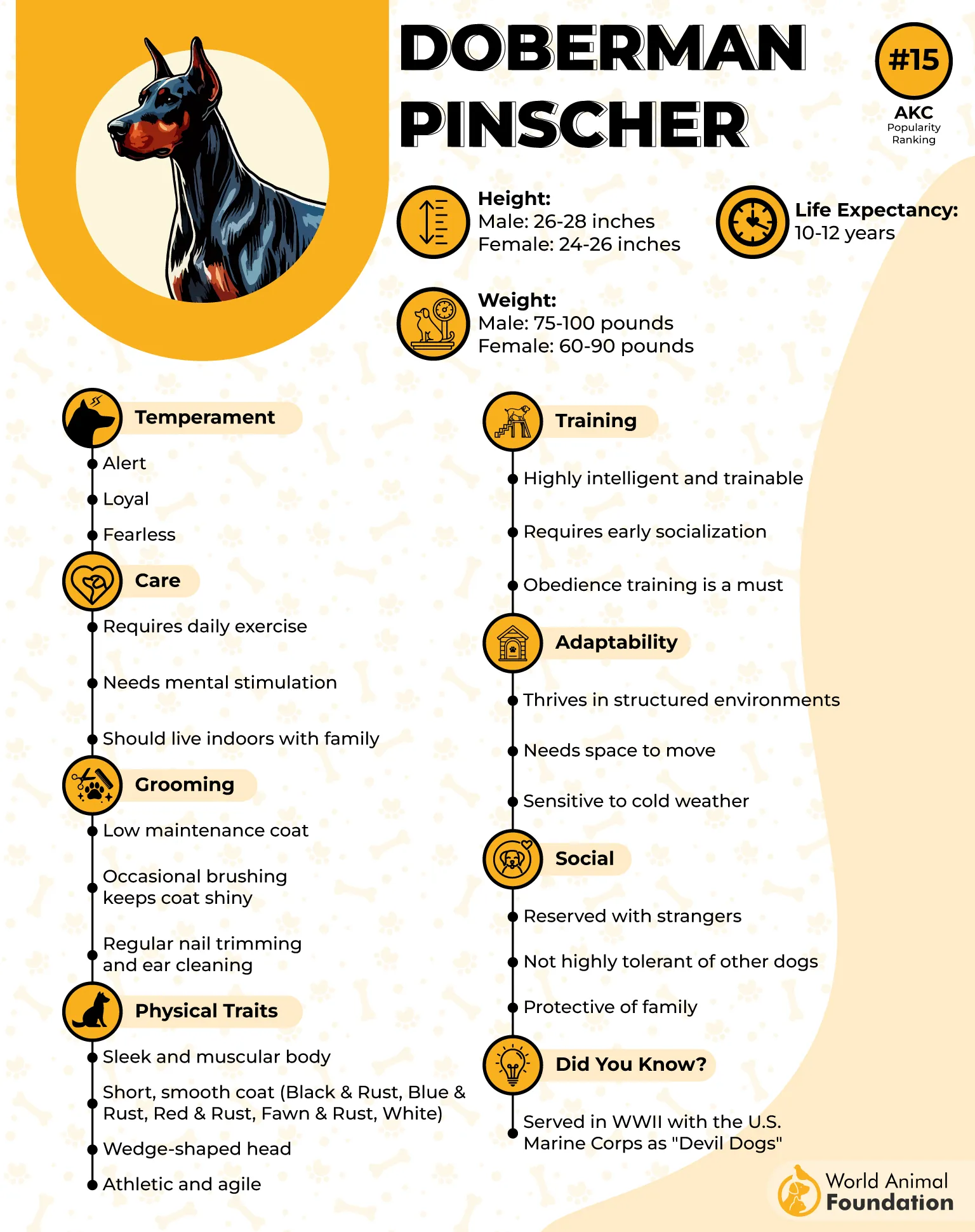
Protective in Active Environments
They are often more composed than expected when around dogs or kids who move unpredictably. Instead of reacting with dominance, Dobermans tend to circle or position themselves between the child and a perceived boundary. This calm control makes them reliable in active homes.

Focused Yet Gentle with Kids
A well-socialized Doberman raised from a puppy can form deep bonds with small children, as PetMD claims. Their responses are guided by training, routine, and their naturally loyal temperament, helping them create safe zones through quiet redirection rather than force.
6. Great Pyrenees
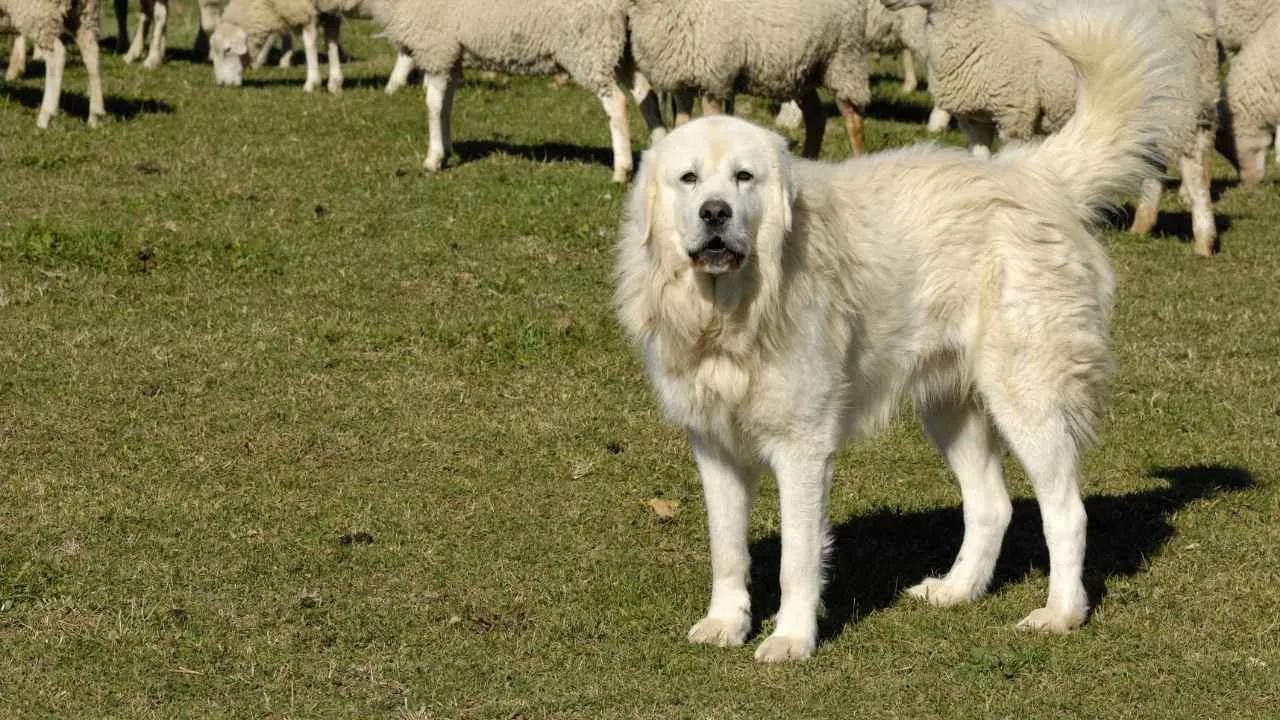
The Great Pyrenees has strong spatial awareness and is known to block movement using its body. When children move toward a gate, road, or unstable ground, they often step in quietly. This protective behavior aligns with their flock-guarding instincts.
Strong Connection to Movement Cues
They are highly responsive to changes in motion and environment, especially around younger family members. If a child suddenly veers toward an unsafe area, the breed will frequently move ahead to stop or redirect without needing a cue from humans.
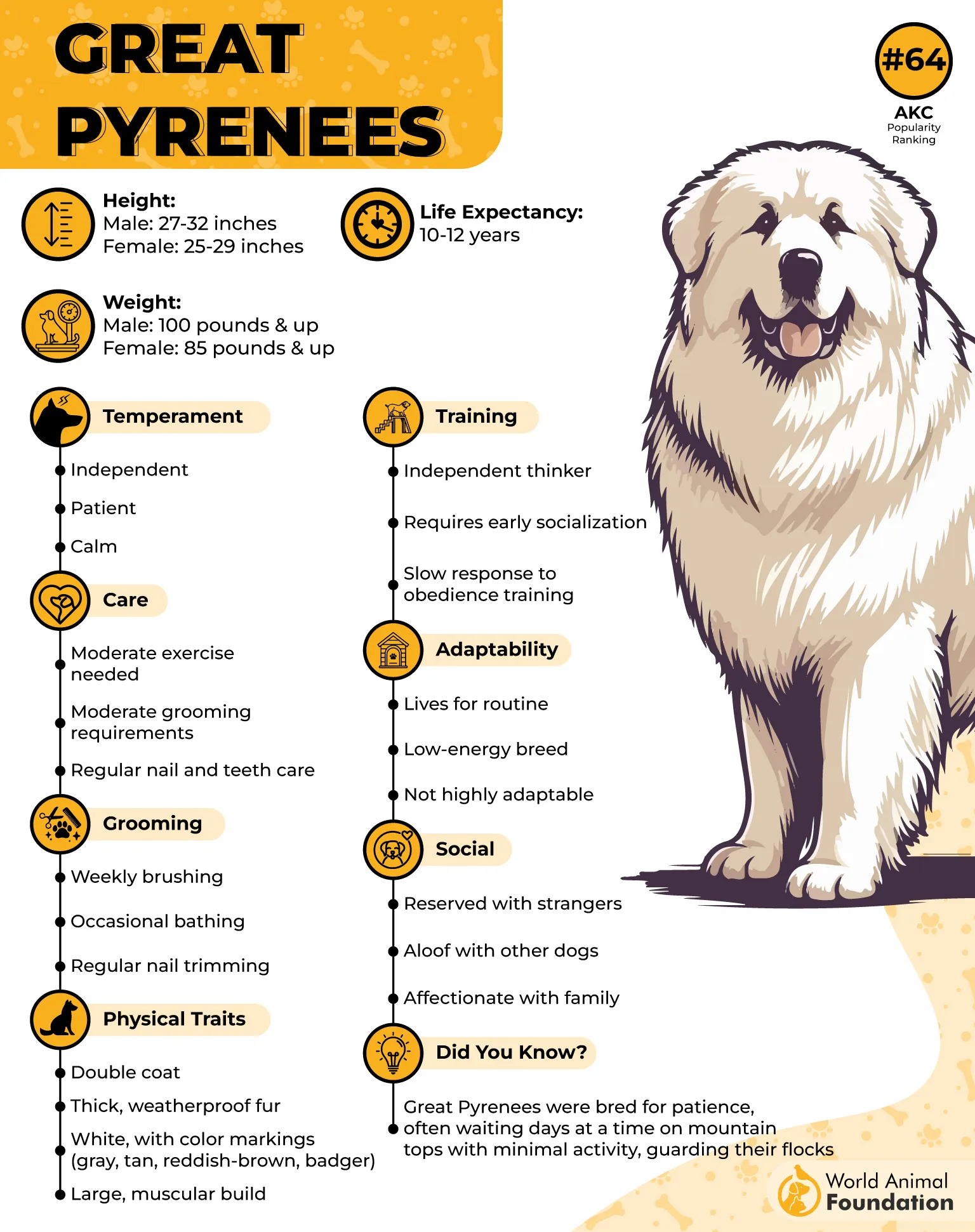
Protective Without Being Reactive
Even in unfamiliar settings, this breed remains calm while monitoring those around them. Their awareness allows them to act like physical boundaries, particularly when pets or children get too close to edges, stairs, or unsecured exits.
Dependable in Family Roles
Their independence and protective nature make them reliable in watching over large areas. Parents with spacious yards often trust the breed’s silent attentiveness, as they respond naturally to unsafe wandering or environmental changes.
7. Boxer

Boxers have strong guarding instincts that activate especially in open or active environments. If a child moves toward a street, pool, or unfamiliar space, they often place themselves between the child and that area. Their alertness is shaped by both instinct and energy.
High Awareness of Movement
They are sensitive to fast or erratic motion, especially in children. Boxers often respond by staying close to the most active part of the room or yard, adjusting their position as activity shifts. This consistent presence acts as a natural redirection.
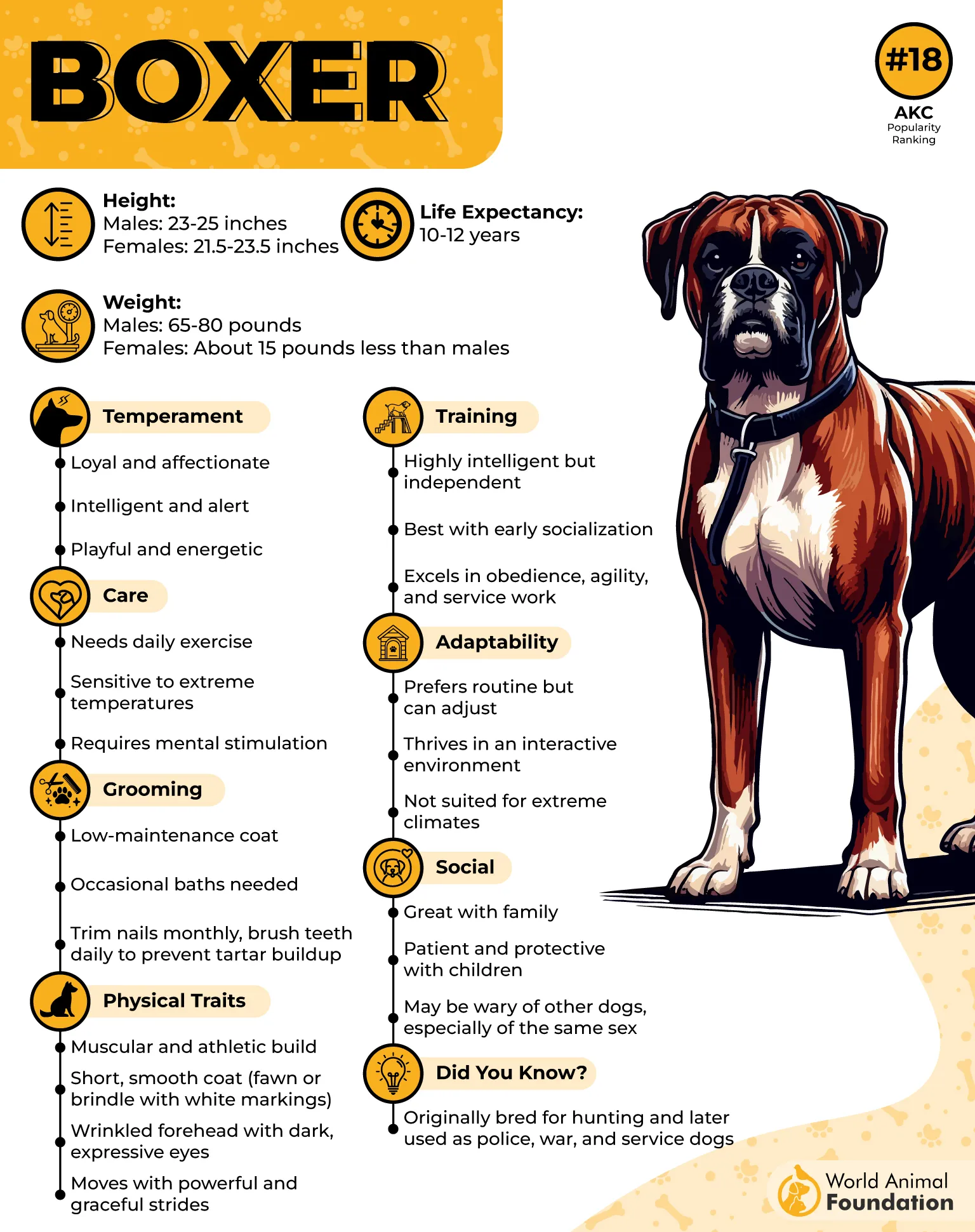
Strong But Measured Physicality
While Boxers are physically strong, they use their bodies in gentle ways around family. During active moments or play, they often lean or step in front of a child heading toward an unsafe spot. Their protective behavior appears when the pace changes suddenly.
Confidence Without Excessive Force
Their temperament combines boldness with strong self-control, allowing them to guide or block without aggression. This ability to intervene physically, yet remain composed, helps in environments where children may act unpredictably or move into risky zones.
Conclusion
Some dogs don’t need commands to know what to do—they just watch, sense, and step in. When raised with kids, certain breeds treat safety as part of daily life.
It’s in the way they move, the way they stay nearby, and even how they respond when a child drops a toy or runs toward a gate. These dogs bring a mix of quiet protection and everyday fun.
They enjoy playing, sharing treats, and being part of a family routine—whether that’s eating together or resting nearby. With the right training, attention, and regular medical care, they can grow into trusted companions who never miss a moment that matters.


